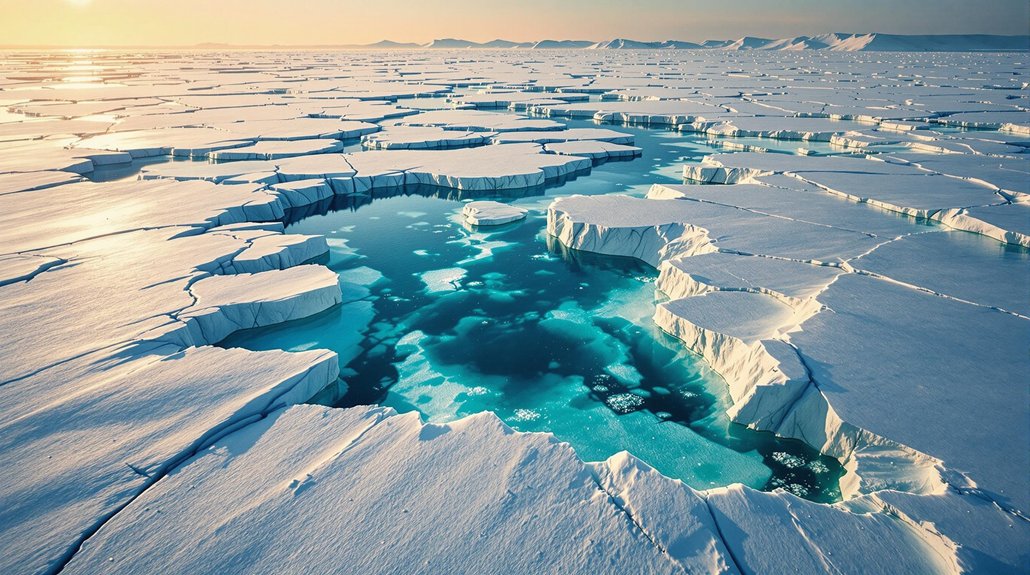As sweltering temperatures grip the five boroughs, New York City finds itself locked in the first major heat wave of the season. With Central Park thermometers hitting a blistering 99°F and heat indices soaring to 106°F—the highest in four years—officials have declared a state of emergency. Because apparently June wasn’t uncomfortable enough already.
The current scorcher isn’t just making New Yorkers miserable; it’s downright dangerous. Over 150 million people along the East Coast are under extreme heat warnings, with Tuesday, June 24th expected to deliver peak misery as the heat index climbs to 102°F. The worst part? This is just a preview of coming attractions.
This isn’t just uncomfortable—it’s a dangerous preview of our increasingly roasted future.
Climate scientists aren’t surprised. They’ve been warning us for years. Since the late 19th century, NYC has seen steadily increasing numbers of 90°F-plus days annually. By the 2050s, we’re looking at triple our current average of 18 days per year above 90°F. Imagine three times the subway platform sweat. Fantastic.
The human cost is sobering. More than 500 New Yorkers die prematurely each summer due to heat. That’s about 3% of annual deaths that could be avoided if our planet wasn’t cooking itself. Between 2013 and 2022, 69 heat-stress deaths were recorded—and those are just the official numbers.
Adding insult to injury, these heat waves bring bonus misery in the form of terrible air quality. Stagnant air traps ozone and pollutants, making breathing an extreme sport for asthma sufferers and those with cardiovascular conditions. Local utilities like Con Edison are urging residents to set air conditioning to 76 degrees to help prevent grid overload during peak hours.
Climate change is the culprit, pushing these extreme heat events earlier in the season. June used to be relatively mild. Not anymore. By mid-century, NYC’s climate will resemble Birmingham, Alabama. No offense to Birmingham, but New Yorkers didn’t sign up for Southern summers. The disconnect between water supply and demand resembles what’s happening in the Colorado River basin, where resources have been over-allocated for decades.
The urban heat island effect makes everything worse. Concrete jungles trap heat, creating temperature differentials of up to 10 degrees compared to surrounding areas. So while suburban folks might be uncomfortable, city dwellers are downright roasting. Climate scientists have determined that this heat wave is three times more likely due to human-caused climate change than it would be in a natural climate system.
References
- https://abcnews.go.com/US/dangerous-heat-wave-invades-east-coast-latest-forecast/story?id=123148668
- https://www.climatecentral.org/climate-shift-index-alert/central-eastern-us-june-2025
- https://a816-dohbesp.nyc.gov/IndicatorPublic/data-features/heat-report/
- https://www.nbcnewyork.com/weather/weather-stories/tuesday-worst-day-nyc-heat-wave/6313054/
- https://nychazardmitigation.com/documentation/hazard-profiles/extreme-heat/








